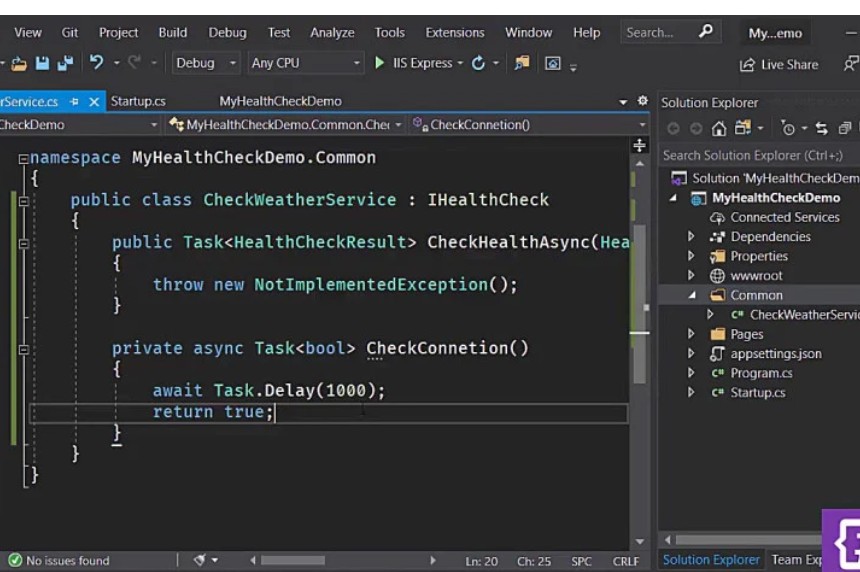Is Your Application Code Struggling This Flu Season?
Have you encountered frustrating performance glitches or troublesome security vulnerabilities when using a product or service? It’s likely that unhealthy code is to blame. When software code is in poor health, it can lead to performance issues, security flaws, and costly downtimes. What’s worse, maintaining and updating unhealthy code is far more challenging, leading to slower development cycles and increased costs. Unhealthy code is also prone to bugs and errors, which can affect users and damage a company’s reputation. Additionally, it can hinder the integration of new features or technologies, putting businesses at risk of falling behind the competition. In short, unhealthy code impacts efficiency, productivity, and your bottom line. Here are some recent examples of this issue in action:
- Tesla (2020): Infotainment systems in the Tesla Model S and X malfunctioned due to unhealthy code, leading to crashes, freezing, and potential safety risks.
- Germany’s Nuclear Power Plant (2021): A software bug linked to unhealthy code caused an emergency shutdown, halting operations at the plant.
- Southwest Airlines (2024): An outdated code in the airline’s flight scheduling system crashed, causing severe delays and disruptions.
These large-scale examples are just the tip of the iceberg. Every day, smaller teams and organizations face similar issues. After witnessing unhealthy code cause significant problems for my clients, I developed a code health analyzer tool to help teams identify the root causes of their code’s symptoms, prioritize fixes, and improve overall code health.
The Origin of the Code Health Analyzer
When I inherited a project with over 100,000 lines of code—initially built as a minimum viable product with limited resources—it was evident that the code was in bad shape. The low-budget, patchwork nature of the code caused a myriad of issues, and once funding was approved, we faced significant delays moving the code to production. Simple tasks, like versioning, became cumbersome, and releasing new code often broke existing functionality.
I knew we had to address the core problems in our code to improve its performance, reliability, and stability. This led to the development of a solution that could pinpoint issues in our code, much like fixing a plane’s engine while it’s in mid-flight. That’s when I introduced a comprehensive review of our application code, configuration, and database.
Conducting a Code Health Review
To fully understand the health of our codebase, I designed a tool and implemented a process that included static code analysis using automated tools like SonarQube. This analysis allowed us to identify code issues, which we then categorized into 43 buckets and prioritized for fixing. We classified the issues by their size, frequency, risk, and impact, and the development team tackled each bucket in dedicated sprints.
By adopting this 360-degree approach to code health and leveraging analysis tools, we were able to improve the product’s performance, reliability, and stability. This made our releases smoother and resulted in fewer bugs and issues, giving the team greater confidence in moving forward.
The tool became a success and caught the attention of other IT leaders in the organization. They recognized the tangible improvements it brought and the detailed visibility it provided into the health of the code, making it easier to prioritize fixes. Soon, other teams began using the tool to benefit from the improvements it offered.
Why You Should Conduct Code Health Reviews
Unhealthy code can result in severe performance issues, security vulnerabilities, and expensive downtimes. If you’ve ever faced production challenges, such as breaking previously working code or rolling back updates, you understand how costly and frustrating these problems can be. Industries like healthcare, banking, and retail, where reliability is paramount, are especially vulnerable to the negative impacts of unhealthy code.
A code health review can yield significant benefits, particularly if you’re considering a shift to a DevOps model. Addressing technical debt and fixing codebase issues beforehand can streamline your software development and deployment processes. But even if DevOps isn’t on the table, a code health review will help enhance the stability and reliability of your software.
The analyzer can also assess your unit test coverage—the percentage of your code covered by unit tests. This ensures that your code is well-tested and highlights areas that require more attention.
By continuously addressing unhealthy code during your sprints, you can improve the quality of your codebase, deliver better products, and ultimately, provide a more reliable experience for your users. Regularly reviewing your code’s health ensures it stays maintainable, scalable, and secure, preventing disruptive issues in the future.
Once the tool is in place, the opportunity for new metrics and training will emerge. Patterns will form from the 43 issue categories, revealing potential gaps in architecture and highlighting training opportunities for developers. The greatest benefit of this approach is the clarity and transparency it provides, ensuring no “code monsters” are lurking in the shadows.


